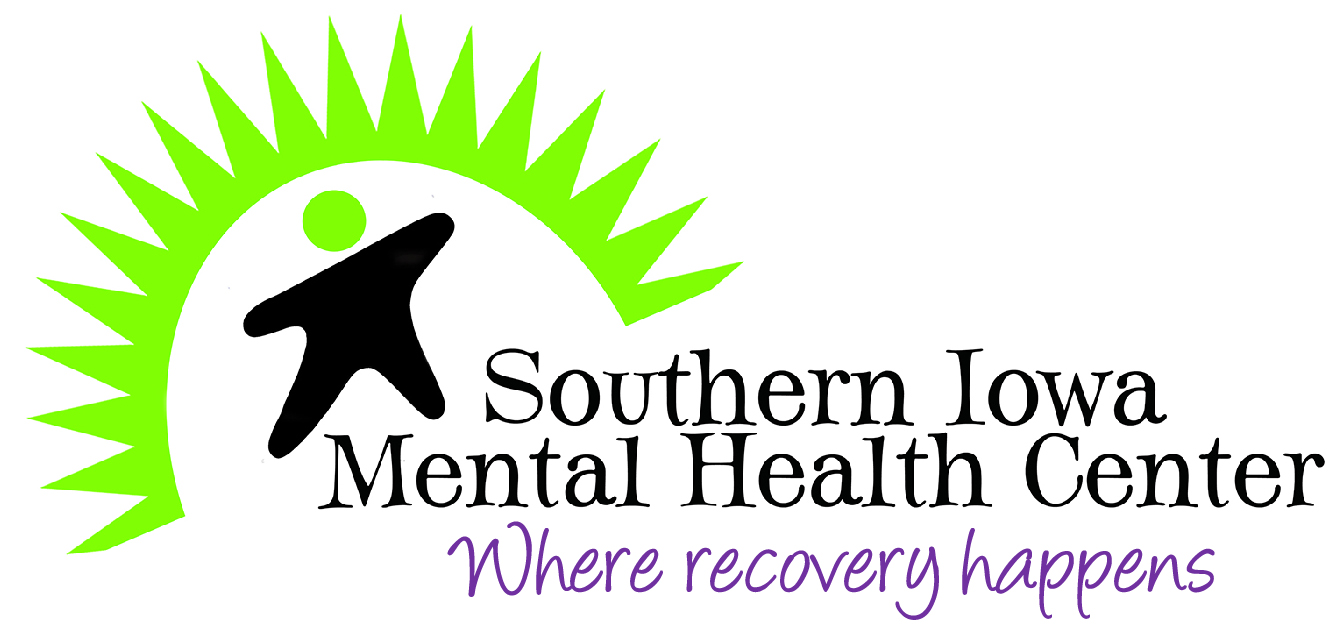American Psychiatric Association, May 20-24

The annual meeting of the American Psychiatric Association was held from May 20 to 24 in San Francisco and attracted participants from around the world, including clinicians, academicians, allied health professionals, and others interested in psychiatry. The conference highlighted recent advances in the prevention, detection, and treatment of psychiatric conditions.
In one study, Matthew Kelly, Ph.D., of the Johns Hopkins School of Medicine in Baltimore, and colleagues found that children and adolescents who take their lives with guns often gain access to the weapon via family-owned firearms.
The researchers interviewed the families of children lost to firearm suicide to better understand viewpoints on firearms that had been held before these suicides and how they changed following the tragic deaths. The researchers found that 90 percent of the families identified as being engaged with gun culture and most of these suicides were completed with the family-owned firearm. Families had often seen the gun as an important part of individual and family identity.
"Families may not realize the dangers that unsafely stored firearms pose to their children. Unfortunately, clinicians are not doing a good enough job of pointing out the risks of gun access in suicidal children," Kelly said. "Families who have lost children to firearm suicide are telling us that they wish they had recognized the danger and been educated on ways to mitigate risk, such as storing guns locked safely or utilizing extreme risk protection orders to restrict access."
In another study, Isreal Bladimir Munoz, of the University of Texas Medical Branch School of Medicine in Galveston, and colleagues assessed the quality of medical information being uploaded and posted to YouTube and TikTok on dissociative identity disorder.
To assess the accuracy of medical information of videos on YouTube and TikTok on dissociative identity disorder, the authors ran searches for "dissociative identity disorder," "multiple personality disorder," and "split personality disorder." The videos were sorted by the "most viewed" for YouTube and the "most liked" for TikTok, and the top 60 from each platform were selected. The researchers found that more than half (51 percent) of videos on YouTube were labeled as "useful," while on TikTok, only 5 percent of videos were labeled as "useful." The investigators also observed more educational content on YouTube, which helped account for many of the useful videos. TikTok was a social media platform dedicated to content that emphasized more self-expression.
"Although TikTok was found to have a very low number of useful videos, our focus should not be on vilifying this social media platform but instead looking at the opportunity psychiatrists and health care professionals have to combat misinformation by posting more engaging and educational content on this platform," Munoz said. "Psychiatrists and health care professionals should learn more about social media trends and video algorithms in order produce videos that can reach a wider audience on TikTok."
Ruby Lekwauwa, M.D., of the Yale School of Medicine in New Haven, Connecticut, and colleagues found that religious, older adults with multiple comorbid conditions are more likely to seek mental health counsel from their religious leaders than a mental health professional.
The authors evaluated a large dataset to determine the relationship between religiosity and mental health-seeking behaviors in seniors. The researchers found that in the presence of multimorbidity, high religiosity increased the likelihood of seeking mental/emotional health support from a religious leader and decreased the likelihood of seeking mental/emotional health support from a secular mental health provider.
"We recommend increasing mental health training for religious leaders as well as increasing collaboration between mental health providers and religious leaders both in the community and within the health care setting (i.e., chaplains)," Lekwauwa said.
APA: Ketamine Noninferior to ECT for Treatment-Resistant Depression
WEDNESDAY, May 31, 2023 (HealthDay News) -- For patients with treatment-resistant major depression without psychosis, ketamine is noninferior to electroconvulsive therapy, according to a study published online May 24 in the New England Journal of Medicine to coincide with the annual meeting of the American Psychiatric Association, held from May 20 to 24 in San Francisco.
Related Posts
Retiran juguetes de baño vendidos en Target por representar un peligro de asfixia
LUNES, 18 de septiembre de 2023 (HealthDay News) -– Si tiene un Chuckle &...
Only Half of U.S. Nursing Home Residents Have Received Boosters: CDC
TUESDAY, Dec. 14, 2021 (HealthDay News) -- As COVID-19 cases surge nationwide,...
AI Beats Trained Staff in Spotting Heart Trouble on Sonograms
WEDNESDAY, April 5, 2023 (HealthDay News) -- It’s machine: 1, man: 0 in the...
Frailty Mars Outcomes After aHSCT in Lymphoid Malignancies
MONDAY, Jan. 24, 2022 (HealthDay News) -- For patients with lymphoid...
